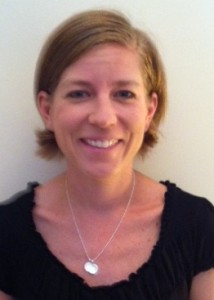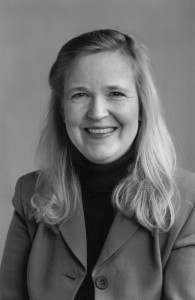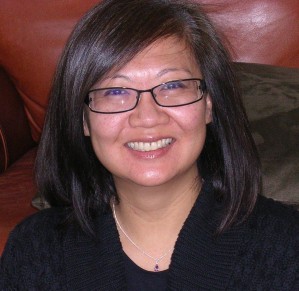by Joanna Rowell
Counting our Blessings: How Language Shapes Mathematical Thought
“There are three types of people – those who can count, and those who can’t.”
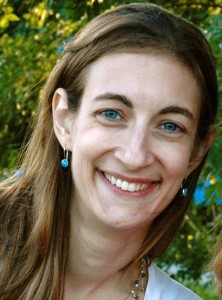 We take so much for granted. Human behaviors such as walking down the street, eating an apple, speaking our native language, or counting to ten seem so simple and easy. When you delve deeper, however, it becomes evident that these actions are actually incredibly complex. Take, for example, walking. As we walk we have many muscles in our legs moving synchronously. Those muscles are controlled by motoneurons in our spinal cord, which in turn are regulated by complicated networks of neurons in brain regions such as the cerebral cortex and cerebellum. Meanwhile, we are monitoring our environment with our eyes, and that visual information is processed and integrated to prevent us from tripping over rocks or other such impediments. Not to mention the fact that our legs were patterned during embryological development, and evolved over geologic time. When you really think about it, it’s amazing that we can walk at all.
We take so much for granted. Human behaviors such as walking down the street, eating an apple, speaking our native language, or counting to ten seem so simple and easy. When you delve deeper, however, it becomes evident that these actions are actually incredibly complex. Take, for example, walking. As we walk we have many muscles in our legs moving synchronously. Those muscles are controlled by motoneurons in our spinal cord, which in turn are regulated by complicated networks of neurons in brain regions such as the cerebral cortex and cerebellum. Meanwhile, we are monitoring our environment with our eyes, and that visual information is processed and integrated to prevent us from tripping over rocks or other such impediments. Not to mention the fact that our legs were patterned during embryological development, and evolved over geologic time. When you really think about it, it’s amazing that we can walk at all.
Studying what we take for granted, such as walking or counting, can teach us a lot about the world and about ourselves. For instance, counting feels so straightforward that it seems safe to assume that every human being can count. But how valid is this assumption? Is the ability to count genetically encoded in our brains, or is it a learned behavior that relies on linguistic or cultural input? Dr. Liesje Spaepen, a post-doctoral fellow who works with University of Chicago psychology professor Dr. Susan Goldin-Meadow, is currently studying how language shapes the way we think about numbers and mathematics. For example, she is asking whether it is possible to understand the concept of exactly seven without a word or linguistic symbol for ‘seven.’
These fundamental psychological questions cannot be studied in a laboratory setting using animal models. Instead, Spaepen looks to a remarkable population of humans known as ‘homesigners.’ These are people that were born deaf but never had the opportunity to learn a sign language, often for economic or geographical reasons. As a result, they are among the only humans on the planet who do not receive conventional language input. To communicate with family and community members, each individual homesigner develops his own gesture system, which are collectively called ‘home’ or ‘kitchen’ signs. Although home signs are not a conventional language, they allow homesigners to live remarkably normal lives within their communities. “They do have some ways of getting around in the world, communicating with the world, and picking up the cultural milieu,” Spaepen explained, “but what they aren’t given is a conventionalized way of communicating.” Spaepen’s studies address whether these cognitively normal adults, who are exposed to every aspect of human culture except language, have developed a way of conceptualizing exact numbers.
To address this question, Spaepen works with adult homesigners living in Nicaragua. With them, she performs simple but incredibly informative exercises. For example, she places a specific number of poker chips on a table, covers the chips, and asks the homesigner to match exactly that number of chips. In another experiment, she knocks fists with the homesigner, and asks them to knock her first an equal number of times. Amazingly, the homesigners were only able to complete these tasks successfully when presented with one, two, or three poker chips or fist-knocks, and for numbers greater than three they were only approximately correct. For example, if Spaepen knocked their fist eight times, they might knock her fist seven or nine times. “It’s because he has no way of counting,” explained Spaepen. “He doesn’t have a way of clarifying how seven is somehow different from eight.” This fascinating result suggests that we need language to understand the concept of exact numbers beyond three.
This raises some intriguing questions. First, how do homesigners get by in this world, holding down jobs, using money, and even gambling, without being able to count beyond three? Spaepen explained that although understanding exact numbers is critical for learning mathematics, in our day-to-day lives we approximate most of the time. Homesigners even have a reasonable grasp of money, which inherently is a number-based system. According to Spaepen’s research, homesigners are able to use money in part because Nicaraguan denominations are different in terms of color and size, and homesigners learn that, for example, “the orange one gets me more stuff than the red one.” Homesigners are also supported by their families and communities, and Spaepen mentioned that it was unlikely they would be cheated because, “the people they’re buying goods from know their whole family.” Nevertheless, the resourcefulness of the homesigners is remarkable, and Spaepen stated that, “I stand in awe of what they are able to do all the time.”
Another question brought up by Spaepen’s work involves how these findings relate to how children learn to count during normal human development. It turns out that children learn counting very gradually, first learning to recite the count list by rote, and then very slowly learning what each number actually means. “They learn what the word ‘one’ means,” Spaepen explained, “and six to nine months later they learn what the word ‘two’ means.” The last thing they learn is why the numbers are in order, which is known as the ‘successor function.’ The successor function basically means that for every number n there is an n + 1, and implies that counting goes on forever. Learning the successor function requires the most language input for children, and Spaepen has found that is this aspect of counting that the homesigners never learn.
To better understand how language shapes our understanding of mathematics during childhood development, Spaepen has recently started working with Chicago preschool children from homes of varying socio-economic status (SES). Children from high SES homes generally hear a lot about numbers from their educated parents, as they are often asked to, for example, count the number of cheerios in their afternoon snack. Low SES children, conversely, get less counting input from their parents, and this can result in their being two years behind the high SES children in terms of counting by the time they are four or five years old. Spaepen’s preliminary studies suggest that the low SES children develop non-counting compensation strategies, such as using one-to-one correspondence between fingers and objects in the world, that are similar to those used by the homesigners. This demonstrates that there are common strategies used by those with less or no language input when thinking about numbers.
Spaepen’s studies highlight both the amazing resourcefulness of the human mind and the injustice of our world. It is troubling that there are people on our planet who do not have access to language, and it is hard to imagine the feelings of isolation they may experience. “I definitely don’t think it’s OK that the homesigners are stuck in this situation,” Spaepen emphasized. “Learning language is a human right.” Similarly, it seems wrong that some children in Chicago are disadvantaged to the point that they get substantially behind in learning how to count. Overall, despite how easy it might feel for many to count, after speaking with Spaepen it now seems foolish to take counting for granted. In fact, the ability to understand a concept like the number seven is a gift not given out equally to people in our world, and we should perhaps count it a blessing.
Profile and nomination by Joanna Rowell.

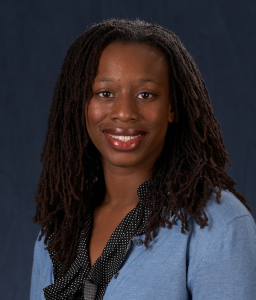
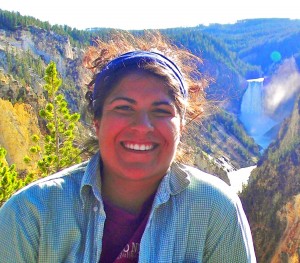
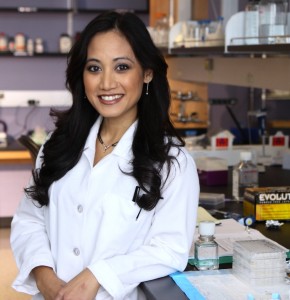 by Eun Ji Chung, Ph.D.
by Eun Ji Chung, Ph.D.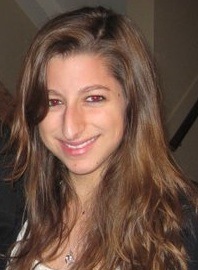 By Marina Pazin
By Marina Pazin